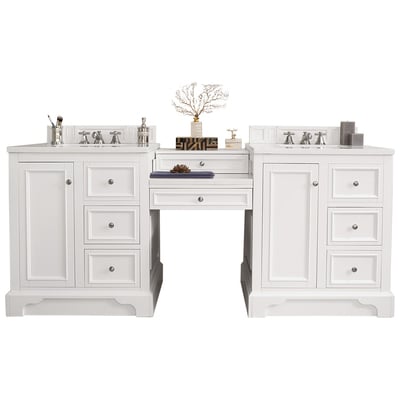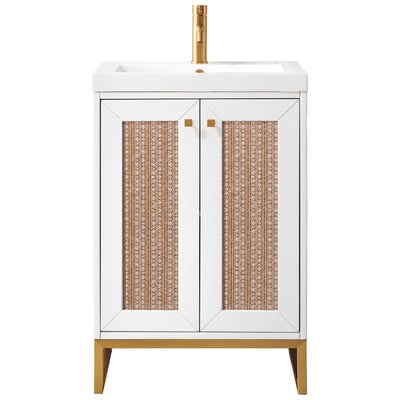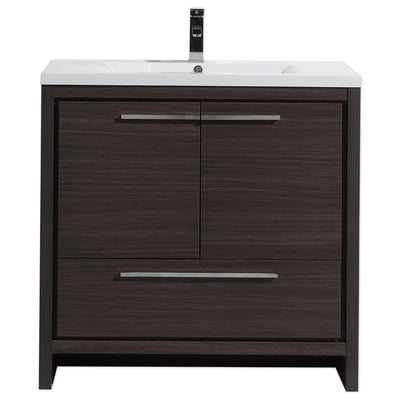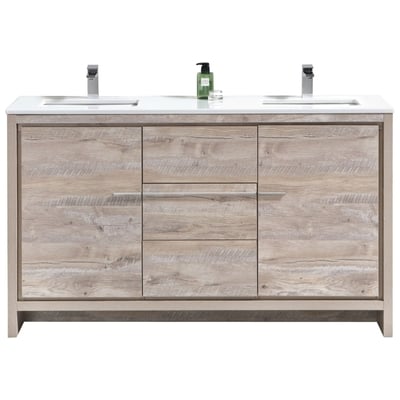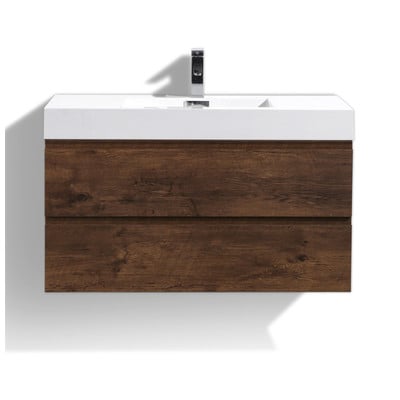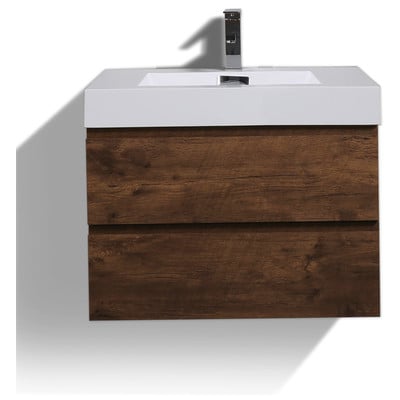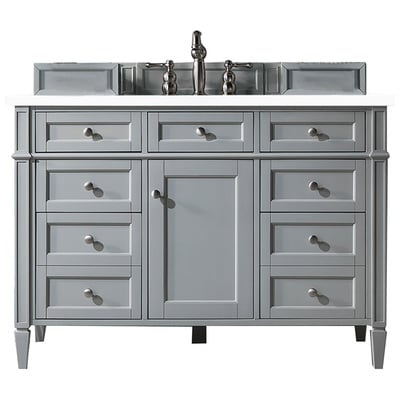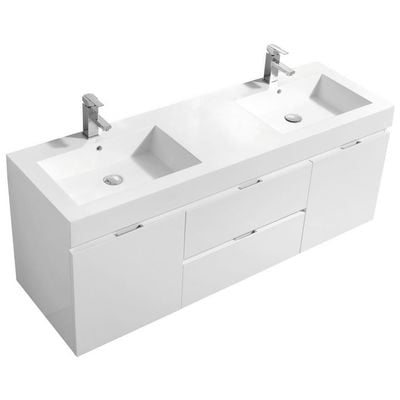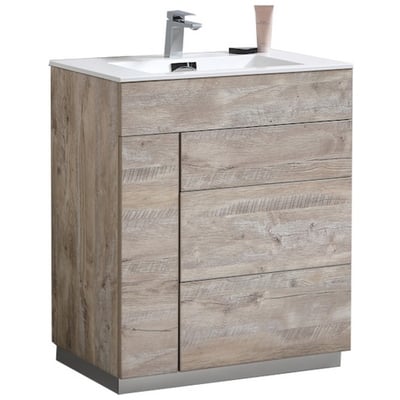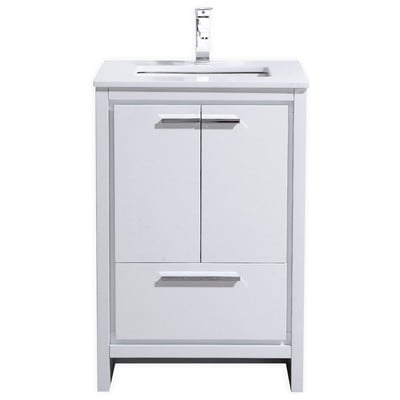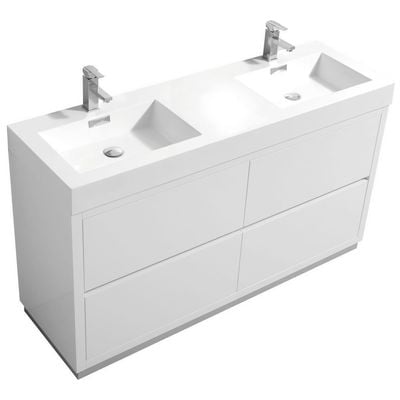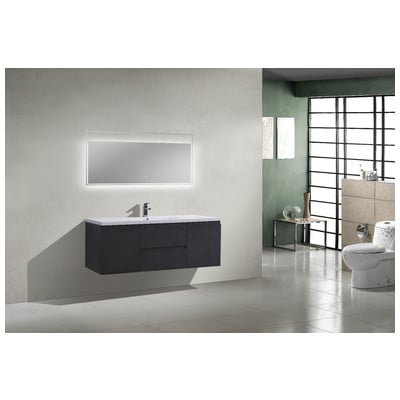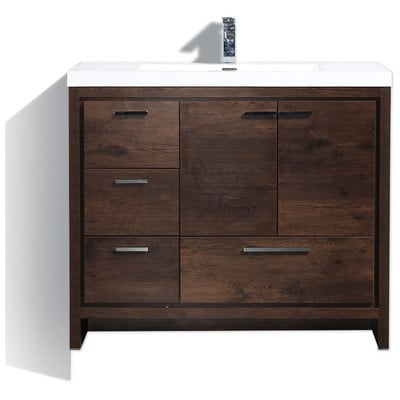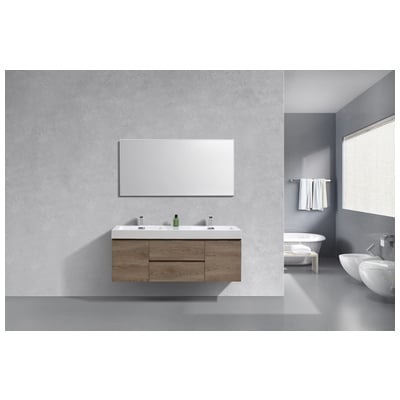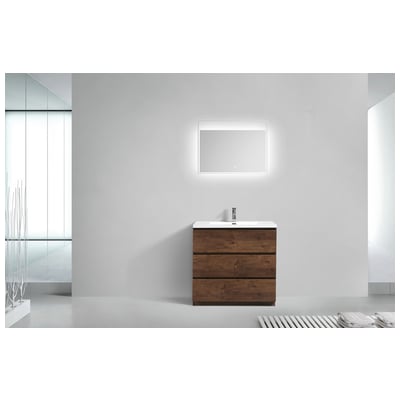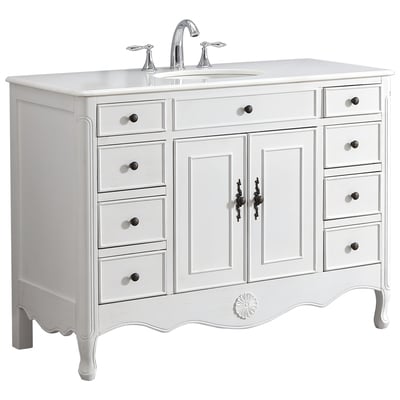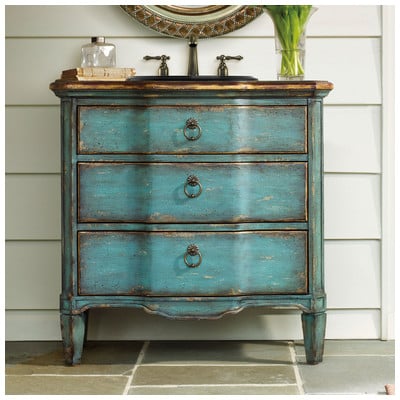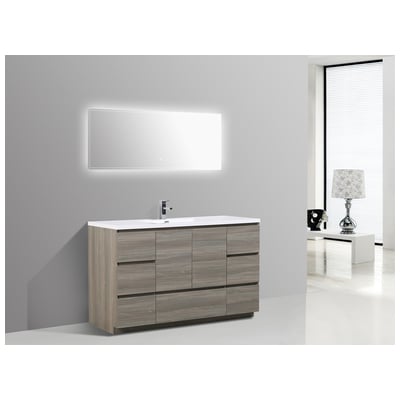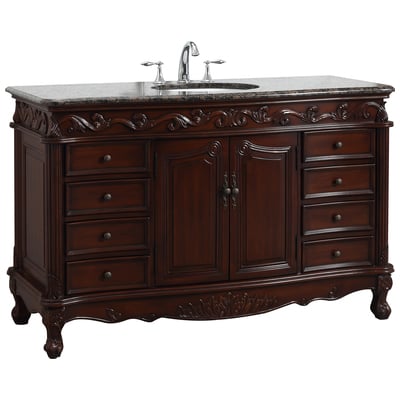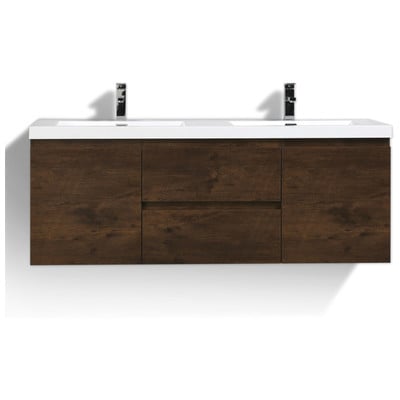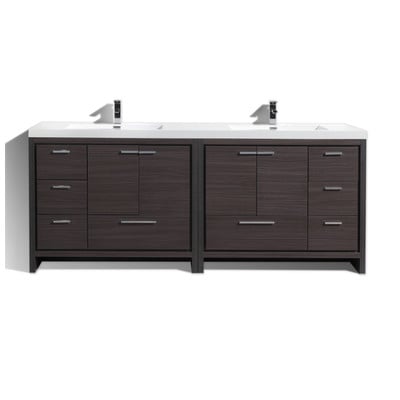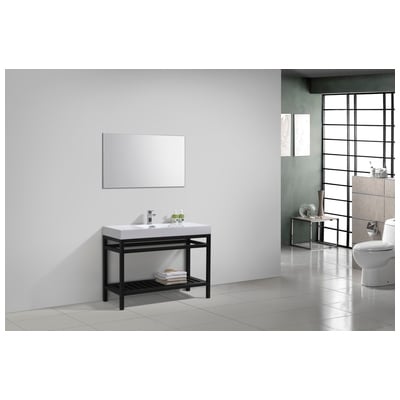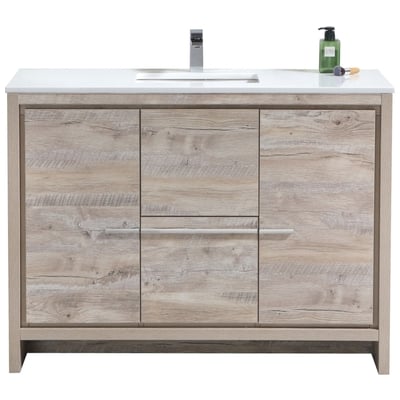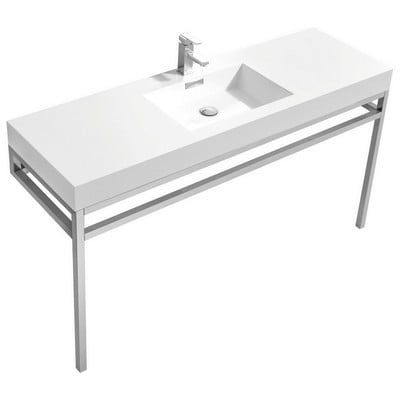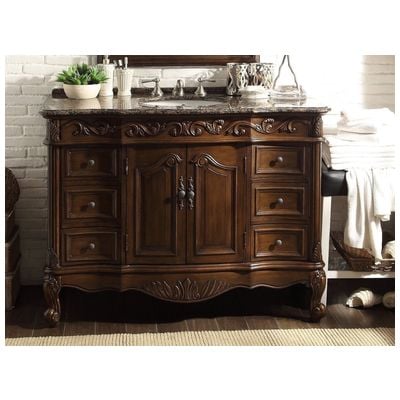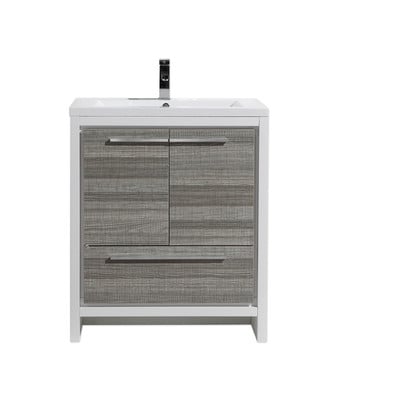A new bathroom vanity is a big investment, and one that should last you for years to come. Well made bathroom vanities are designed to stand up to the harsh conditions of a bathroom, and can handle routine exposure to fluctuating levels of heat and humidity. But even the best made vanities won’t stay looking good for very long if they aren’t properly cared for. To keep a vanity looking its best, here are a few simple guidelines to keep in mind, as well as some basic cleaning tips and tricks to help extend the life of your new vanity.
1.) Vanities Are Water Resistant, Not Waterproof

Many bathroom vanity manufacturers pride themselves on the extensive sealing processes their bathroom vanities undergo, the high quality of their finishes, or their use of warp-resistant materials. But what that means practically is that, unlike normal furniture, bathroom vanities won’t be damaged just from being exposed to humid air or small amounts of moisture. Water left standing on or in a vanity, though, will damage it just the same as any wood furniture, leaving water spots, stains, or even causing warping, mold, or mildew with repeated exposure over time.
2.) Wipe Up All Spills Immediately

Unattended spills are the biggest danger to both wood bathroom vanities and stone vanity tops, and any spilled liquid – including water – should be wiped up immediately. To protect the finish on your wood and the seal on your vanity top, use a gentle blotting motion rather than a wiping motion to lift up spills. Keeping your vanity dry is the number one way to ensure that it stays looking good, and helps the sealing finishes on the wood and stone continue to do their jobs effectively.
3.) Dust and Polish Regularly

For routine cleaning, you want to wipe down your vanity with a soft, dry cloth to remove any loose dust or hair. Periodically, you should also apply a wood polish with a soft cloth (following package instructions for use), rubbing gently in the direction of the grain. This will both remove dirt and create a fresh barrier against dirt and moisture. Never use silicone based cleaners on a bathroom vanity, and only use wax based cleaners when the vanity manufacturer specifically recommends them, as both can actually attract dirt and ruin some finishes. Good routine maintenance will also help prevent dirt from penetrating the vanity and will bolster the vanity’s protections, ensuring it stays looking new longer.
4.) Don’t Use Harsh Chemicals

Even though bathroom vanities are exposed to the harsh conditions of the bathroom, they’re more like the furniture in the rest of your home in terms of how they need to be cared for. The harsh chemicals that you might use to scrub your toilet or shower would strip the finish right off your vanity, and can do vastly more harm than good. If mold or mildew develops, it can be almost impossible to remove without also damaging the vanity’s finish, so it’s doubly important to be consistent with your maintenance and regular cleaning to prevent serious problems from developing in the first place.
5.) Be Gentle With Your Stone Vanity Top

Marble and granite are both commonly used to make stone vanity tops, but it’s important to realize that these are porous stones that can easily stain or be etched or damaged by exposure to chemicals. You want to be particularly careful not to expose them to acidic liquids (like lemon, vinegar, or nail polish remover), which can eat away at the surface of the stone, and oils, petroleum products, or grease, which can form stains that can be almost impossible to remove. If you intend to place any heavy objects on your vanity top, consider putting pads on the bottom to keep them from scratching the surface, and rotate your bathroom accessories so they don’t stay in one place for too long and wear away at the stone.
6.) Clean Your Vanity Top Regularly, And Re-Seal Once A Year

As with the vanity itself, any spills on your vanity top should be cleaned up immediately to prevent them from soaking into the stone. In terms of routine cleaning, you should wash the surface of the vanity with clean, warm water and a soft cloth. Mild, non-abrasive, pH neutral cleaners intended for your type of stone can be used for heavy soiling, but plain water should suffice for regular cleaning. Most stone vanity tops are already sealed when they’re sold to you, but the finish needs to be reapplied to remain effective. Once a year, purchase a stone sealant for your type of stone and apply according to package instructions to maintain your vanity top’s resistance to dirt and stains.
7.) Plan Ahead

They say an ounce of prevention is worth a pound of cure, and in addition to keeping up with regular maintenance, that can mean thinking ahead about where you place your bathroom vanity, too. Vanities shouldn’t be placed directly underneath an air vent, as exposure to extreme temperatures (both hot and cold) can prematurely age the finish. Similarly, placing the vanity in direct sunlight or near windows that are left open can cause the finish to fade or weather more rapidly. This is especially important if your new vanity has a very fine finish, say a hand painted one, that might be damaged more easily. Not all finishes are created equal, and some require more gentle care than others, so it’s vital to be aware of what kind of maintenance your new vanity will need before you buy so you can plan accordingly.
Most manufacturers include directions for caring for their vanities, either with the vanity itself or somewhere on their website, so make sure to do your research beforehand. Knowing what you’re getting into and taking care of your vanity from the start will go a long way towards extending its useful life and keep it looking new. Do you have any specific questions about caring for a bathroom vanity that I haven’t answered here? Let me know in the comments below!
Shop Bathroom Vanities:


